
|
|
|
|
|
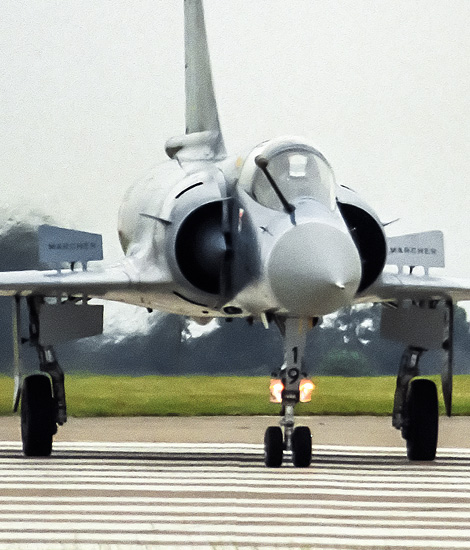
|
Deployments of the F/A-18 Hornet; RAF Cottesmore, July 22, 2000
The F/A-18 Hornet, part 2; Text and Photograph's by Alex van Noye
The McDonnell Douglas F/A-18 Hornet would over the years become the most versatile aircraft which the United States Navy has ever had. The Hornet is suitable for use both the ground attack role and the air defense role. F/A-18 Hornets have therefore performed in both roles in various crisis areas in the world.
McDonnell Douglas introduced the first F/A-18A Hornet on September 13, 1978. The aircraft had blue-white colors and was marked with "Navy" on the left and "Marines" on the right. The first flight was on November 18, 1978. In a break with the tradition of new aircraft, the US Navy decided to use the airfield Naval Air Station Patuxent River as the main test location instead of the location next to the factory where the Hornet was built. The Hornet was tested using Navy and Marine Corps test pilots instead of citizens who normally do the tests in the first phase. In March 1979, Lt Cdr John Padgett became the first pilot of the navy to fly with the new F/A-18 Hornet. After the series of initial tests and operational tests by VX-4 and VX-5, the Hornets started converting the Fleet Replacement Squadrons VFA-125, VFA-106 and VMFAT-101 to this type. The F/A-18 Hornet entered operational service at the USMC on January 7, 1983. The unit which was the first to fly the Hornet at the Marine Corps was VMFA-314 at MCAS El Toro. Later Marine squadron VFA-25 also replaced the F-4 Phantom and A-7 Corsair in March 1984. The Navy strike fighter squadrons VFA-25 and VFA-113 were deployed on board of the USS Constellation (CVW-14) of February to August 1985. This deployment was the first deployment on board of an American aircraft carrier with the F/A-18 Hornet. The first fleet reports were complementary, indicating that the Hornet was extremely reliable compared to its predecessor, the F-4J Phantom. Other squadrons that switched to the F/A-18 during this period were VFA-146 "Blue Diamonds" and VFA-147 "Argonauts".
In January 1985, the units VFA-131 "Wildcats" and VFA-132 "Privateers" moved from Naval Air Station Lemoore in California to Naval Air Station Cecil Field in Florida to become the first F/A-18 squadrons of the Atlantic Fleet. The Blue Angels Flight Demonstration Squadron of the United States Navy switched to the F/A-18 Hornet in 1986. The Hornets would replace the A-4 Skyhawk within this world-famous display
|
|
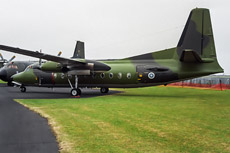
|
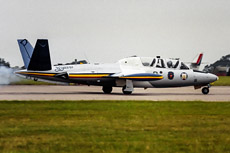
|
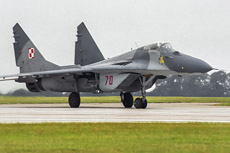
|
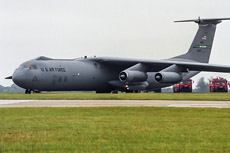
|
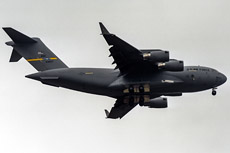
|
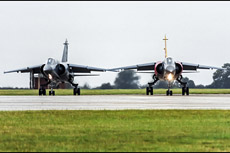
|
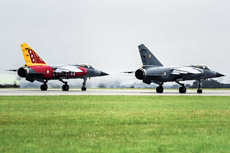
|
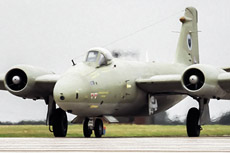
|
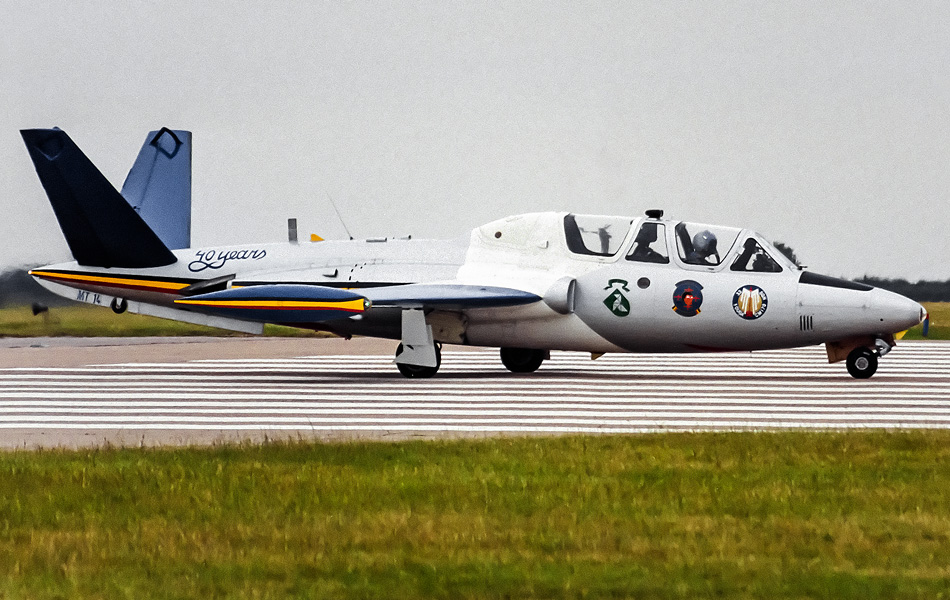
|
unit. The F/A-18 Hornets of this team were sprayed in the familiar blue and yellow colors. The Blue Angels perform with their F/A-18A, B, C and D models at airshows and other special events in the United States and worldwide in many other friendly countries. Blue Angels pilots must have a minimum of 1,400 flight hours and an aircraft carrier certification before they qualify for the team. The pilots are therefore the best of the best. The B and D versions of the Hornet have two seats and are usually used to give rides to VIPs. The Blue Angels are known for their strict discipline and their tight formation flights in which one flies with usually four Hornets. In addition to the Navy and Marines Corps, NASA also has several F/A-18 aircraft in use for research purposes. These Hornets are based on the Armstrong Flight Research Center which was previously known as the Dryden Flight Research Center in California. The aircraft are mainly used in this special unit to test equipment for space flights.
The F/A-18 Hornet was first used in combat operations in April 1986, when Hornets from VFA-131, VFA-132, VMFA-314 and VMFA-323 from the USS Coral Sea flew SEAD missions against the Libyan air defense. These flights were flown during Operation Prairie Fire and an attack on Benghazi as part of Operation El Dorado Canyon. During the Gulf War of 1991 the Navy used 106 F/A-18A/C Hornets and the Marine Corps participated with 84 F/A-18A/C/D Hornets. The F/A-18 pilots were credited with two air victories during the Gulf War. In both cases, MiG-21s were knocked down by the Hornets. On January 17, 1991, the first day of the war, Lt Cdr Mark I Fox and his wingman, Lt Nick Mongilio, were sent from the USS Saratoga in the Red Sea to bomb an airfield in the southwest of Iraq. On their way they were warned by an E-2C Hawkeye that two MiG-21s were approaching. The Hornets shot down the two MiGs with AIM-7 and AIM-9 missiles in a short dogfight. The F/A-18s were both equipped with four 2,000 lb. bombs and resumed their bombing after the fight before returning to the Saratoga. The great survivability of the Hornet was demonstrated when a Hornet was hit in both engines and flew 125 miles back to the air base. The aircraft was repaired and used again within a few days. The F/A-18s flew 4,551 flights during the Gulf War in which three aircraft were lost of which one by enemy fire. On January 17, 1991, Lt Cdr Scott Speicher was shot down and killed in the attack.
On January 24, 1991, an F/A-18A of the USS Theodore Roosevelt was lost. The aircraft received an engine failure and the control over the plane was lost. The pilot saved himself with the ejector seat and was later recovered by the USS Wisconsin which picked him up from the sea. On February 5, 1991, an F/A-18A crashed into the North Persian Gulf after a successful mission over Iraq. The pilot was officially mentioned as killed in action, but the body was never recovered. When the A-6 Intruder was phased out in the nineties, the role of this aircraft was taken over by the F/A-18 Hornet. The F/A-18 Hornet demonstrated its versatility and reliability during Operation Desert Storm. Almost all successful bombardments carried out by the US Navy during this war were carried out by Hornets. The aircraft broke records for tactical aircraft in availability, reliability and maintenance friendliness during the Gulf War. After the Gulf War, the Hornet was the most important aircraft of the US Navy and the USMC. After the Gulf War, the F/A-18 Hornet would soon be in action again. This time the scenario would take place in the former Yugoslavia. Both the US Navy and the Marine Corps used the F/A-18 again. They were frequently deployed during the actions in Bosnia and Kosovo at the end of the 90s. The Hornets would mainly be used for attacks on enemy positions on the ground. The F/A-18 Hornet will remain the main jet fighter in the near future within the US Navy and the Marine Corps.
|
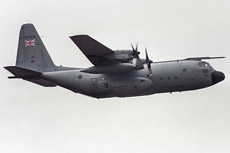
|
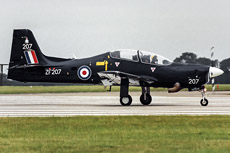
|
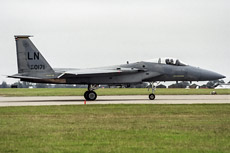
|

|
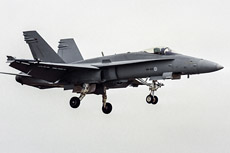
|
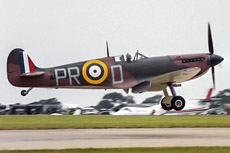
|
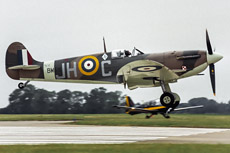
|
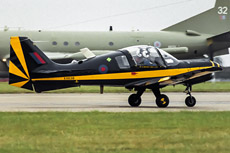
|
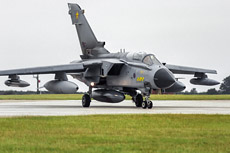
|
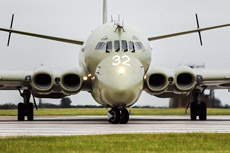
|
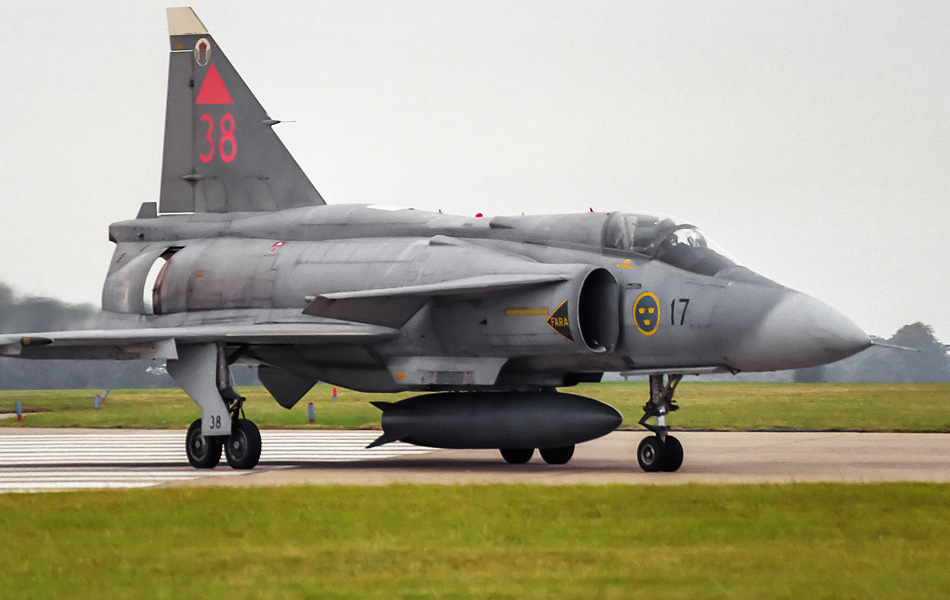
|
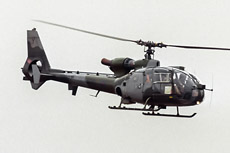
|
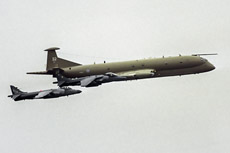
|

|
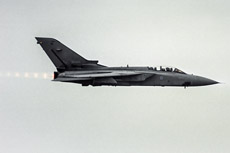
|
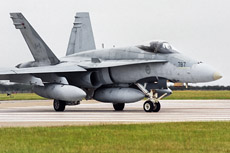
|
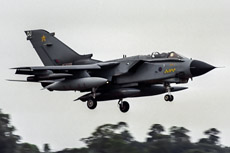
|
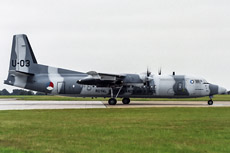
|
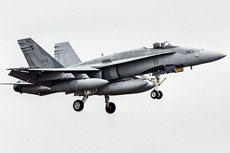
|
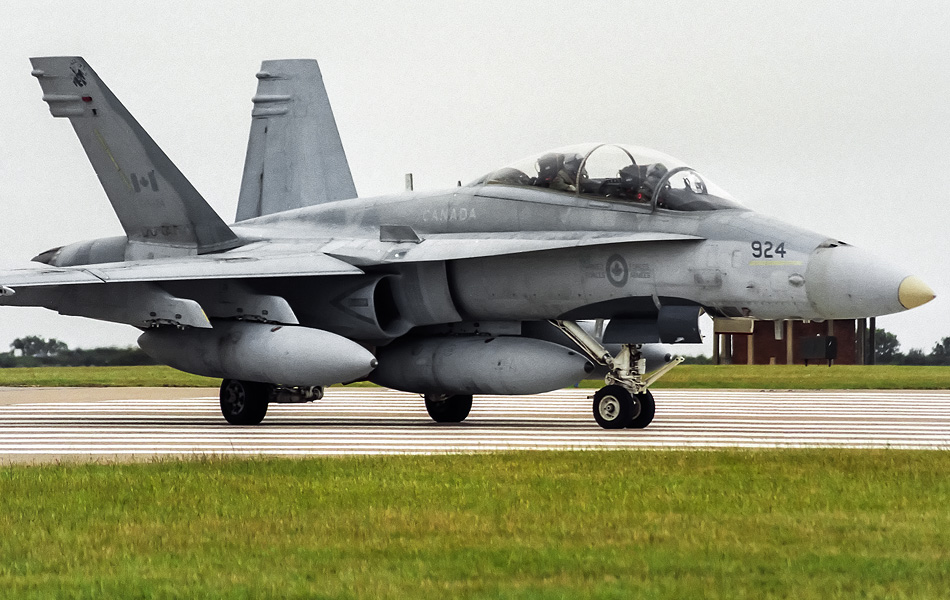
|
|
|

|







